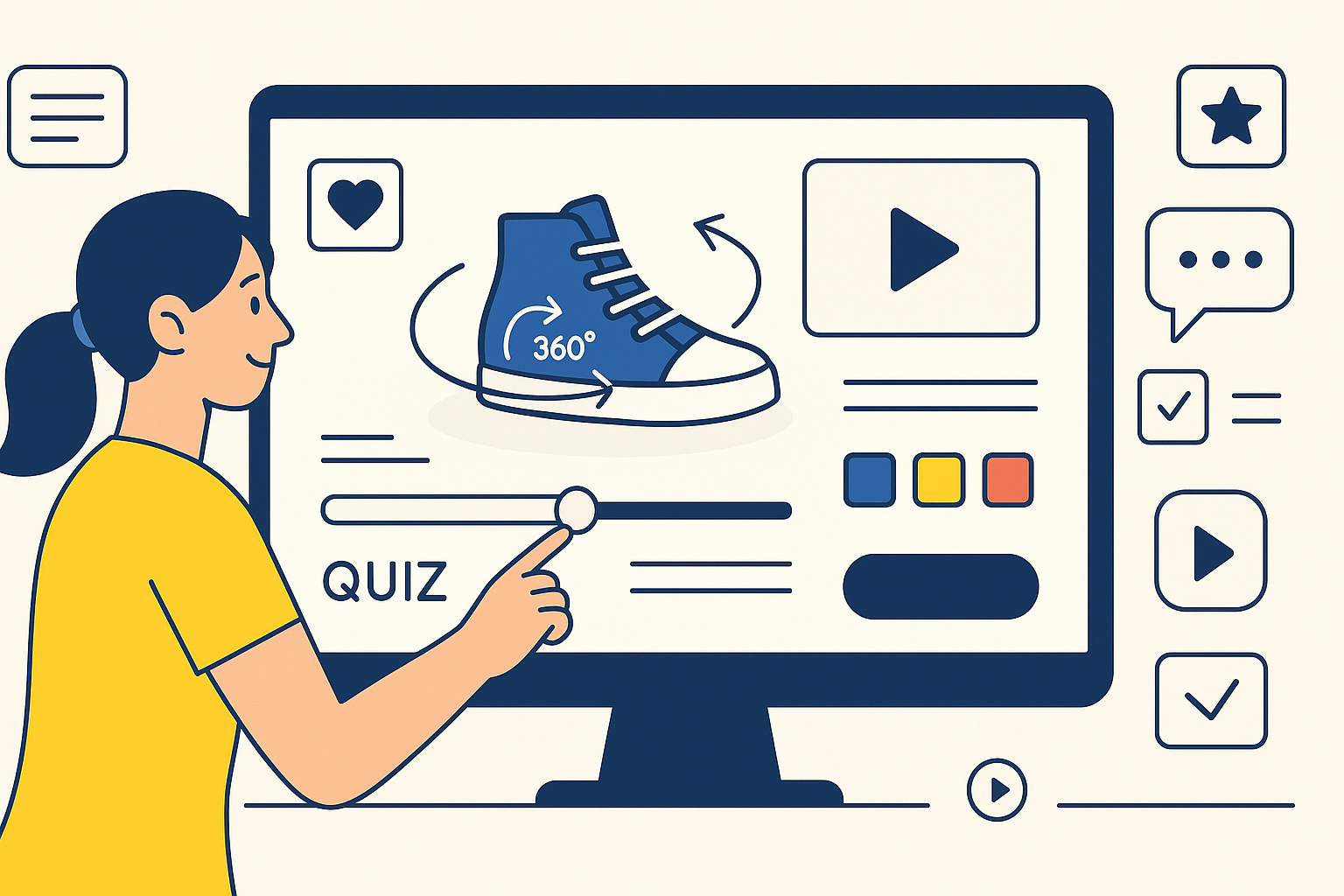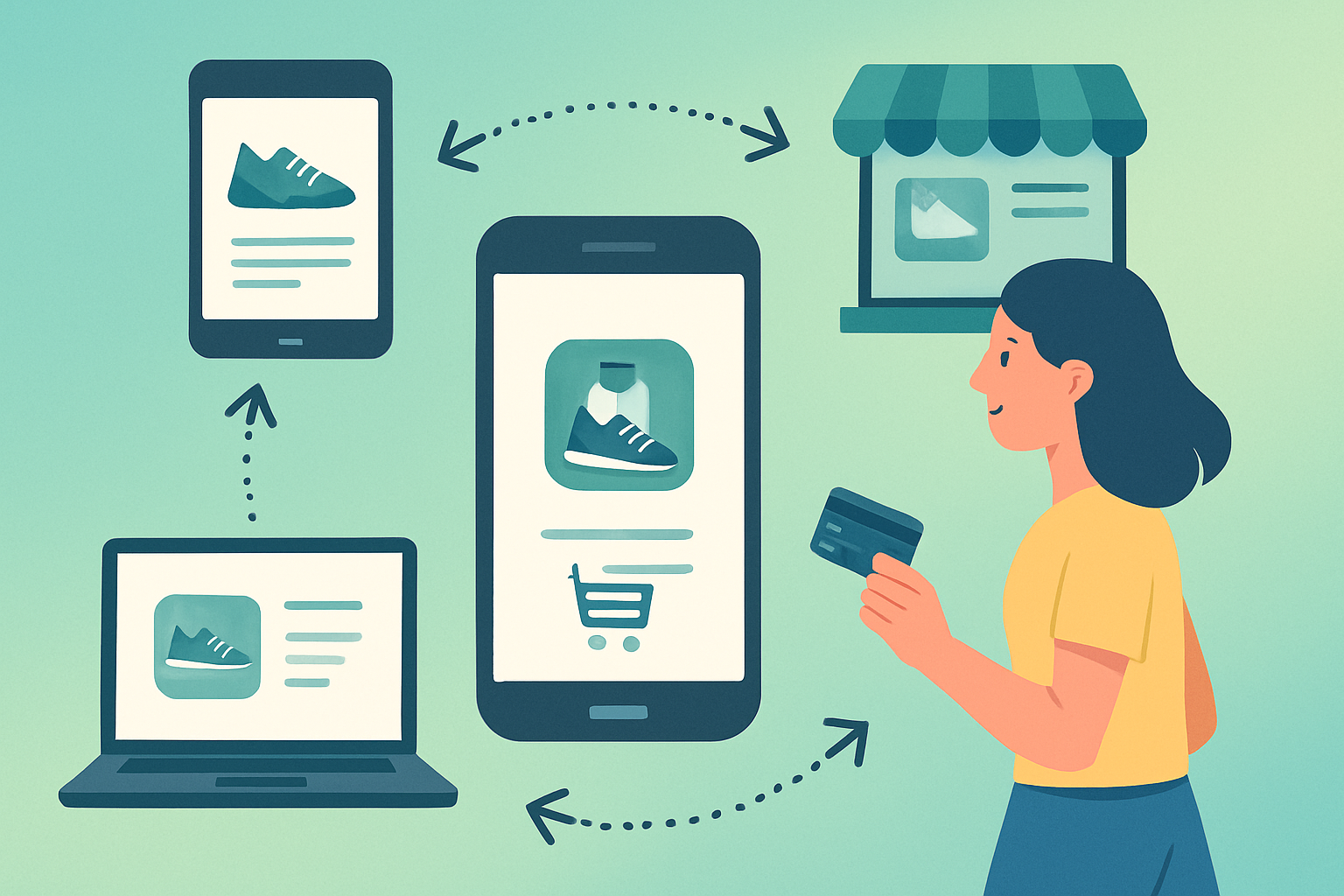The pandemic may have pushed people online, but what keeps them there is far less obvious than a global lockdown. It’s the brands that treat every click like the start of a relationship rather than the end of a funnel that rise above the rest.
Yet even in 2025, countless stores still rely on spammy discounts and one‑size‑fits‑all emails, wondering why conversion rates flatline and repeat sales vanish. If that sounds familiar, breathe — because fixing it isn’t rocket science. It’s a matter of dialing in a handful of engagement habits and sticking to them with ruthless consistency.
Recent research shows that fully engaged customers represent a 23% premium in share of wallet, profitability, revenue, and relationship growth over the average customer — proving that focus here isn’t soft and fluffy, it’s a direct line to profit.
Below are the five moves I see separating growth machines from digital ghost towns. Each one feels simple on paper, but executed together they form a customer journey that’s hard to copy and even harder for shoppers to forget.
Table of Contents
Toggle1. Personalized Recommendations That Feel Psychic
Nothing says “we get you” like a product suggestion that seems to read the shopper’s mind. The beauty of e‑commerce is that every view, click, and abandoned cart leaves a breadcrumb trail of intent. Turn that intent into value by serving items that resonate with a customer’s past behavior, current context, and price sensitivity. Do it right and the store begins to feel less like a catalog and more like a well‑informed friend nudging you toward your next favorite thing.
To pull this off at scale, feed your recommendation engine with clean customer, product, and sales data. That means merging order histories, on‑site behavior, email clicks, and even support interactions into one tidy profile. The richer the profile, the sharper the suggestion. To bolster your personalization efforts, utilize customer, product, and sales data to create more relevant product recommendations for each and every customer. Whenever possible, incorporate data‑driven personalization into any of your marketing automation so it fires automatically while you sleep.

The result? Shoppers feel understood, average order value inches upward, and return visits become a habit. Keep testing which signals drive the most conversions — maybe it’s “customers who bought A also liked B,” or perhaps it’s a time‑based nudge when someone’s subscription is about to run out. Either way, let the data drive the next best action rather than gut instinct.
2. Interactive Content & Visuals That Sell for You
A boring product shot on a white background might have flown in 2015, but today’s audience wants to zoom, rotate, and imagine the item in situ before committing. Think of your media as the digital equivalent of letting shoppers pick up, sniff, or taste the goods in a physical store. High‑resolution images, 360‑degree spin, short demo clips, and lifestyle photos work together to remove uncertainty and stoke desire.
Go beyond static visuals whenever it makes sense. A quick “try it on” AR widget can show how a pair of glasses fits a specific face shape, while a 15‑second TikTok‑style video can demonstrate how a gadget folds flat into a backpack. For longer-form educational content, e-commerce brands are increasingly leveraging tools like Subscribr to create structured video scripts that build authority and trust through detailed product demonstrations.
These touches cost less than a billboard campaign yet do more convincing in ten seconds than a thousand‑word product description.

Interactive touches don’t end at the product page. Sprinkle micro‑interactions across the journey: a slider that reveals before‑and‑after photos, a quiz that narrows fragrance options, a clickable color swatch that changes the hero image on the fly. Each subtle nudge keeps the shopper leaning in rather than zoning out.
3. Seamless Omnichannel Experience That Follows, Not Chases
Customers don’t think in channels — they think in moments. They might discover your brand on Instagram during a lunch break, add an item to the cart on their phone that night, and finally buy from a laptop the next morning. If any of those touchpoints feels disconnected, the spell breaks and the wallet snaps shut. Your job is to stitch every step together so the journey feels like one fluid conversation.
Start by syncing data across email, SMS, app, and web so actions in one place trigger relevant follow‑ups elsewhere. If a shopper browses hiking boots on desktop, an SMS price‑drop alert should reference that exact model, not generic outdoors gear. Likewise, if they redeem loyalty points in‑app, the confirmation email should reflect the new balance instantly — no lag, no confusion.

An omnichannel strategy isn’t just about tech plumbing; it’s about message harmony. According to a study by Invesp, companies with strong omnichannel customer engagement retain on average 89% of their customers, compared to just 33% for those with weak omnichannel strategies. Platforms like Segment or Emarsys CDP help unify IDs behind the scenes so the tone, imagery, and offers stay consistent whether someone sees a push notification, a dynamic banner ad, or a shipping update. Pull that off and customers stop noticing “channels” entirely — they just feel like your brand gets them regardless of device or location.
4. Social Media Engagement That Sparks Two‑Way Energy
Social feeds are noisier than a teen’s bedroom, but the brands that appear naturally still break through. The key is to approach each channel as a conversation starter, not as a broadcast spree. Rather than posting the same promo graphic everywhere, adapt the content to match the personality of each group. On Instagram, perhaps it’s behind-the-scenes Reels; on LinkedIn, a founder’s commentary on supply-chain victories; on TikTok, a lighthearted unboxing or customer duet.
You don’t stop engaging after you post — it thrives in comments. When you’re tagged by someone, reply back with a thank you, or a brief tip. When a user makes a criticism, answer publicly with compassion, then address the problem behind the scenes. It makes silent viewers believe your customer service isn’t scripted but listens with intent. Eventually, that sincerity turns onlookers into admirers and customers into influencers who market for you.

Smart brands infuse shopping with social signals, as well. Seed product galleries with user-generated images through Yotpo UGC, display trending TikTok videos on checkout pages, or drive new product designs based on Instagram poll responses. The more your customers are heard, the more they’ll vocalize, and each post they make shares their voice further, no additional ad spend necessary.
5. Loyalty Programs & Incentives That Feel Like Insider Perks
Acquiring a first‑time buyer is tough; turning them into a lifelong customer is priceless. A well‑structured loyalty program does exactly that by rewarding repeat behavior in ways that feel exclusive, not fake. Think tiered points that unlock bigger perks, surprise gifts on anniversaries, early access to limited drops, or community‑only webinars with your product team.
The key is relevance, so tailor rewards to what each group values. A cashback credit might thrill bargain hunters, while a members‑only design workshop may excite creative hobbyists. Exclusive discounts and incentives serve as powerful methods of engaging customers — especially when personalized. By offering loyal customers relevant perks, you differentiate your store from competitors and create evangelists instead of mere buyers.

And don’t ignore cold math: a 5% lift in retention can boost profits by 25% to 95% according to Bain & Company’s Loyalty Rules! report (download PDF). Platforms such as LoyaltyLion or Smile.io plug directly into your cart so you can launch points in an afternoon. Track redemption rates, referral counts, and average purchase frequency to gauge what resonates. If silver‑tier shoppers aren’t inching toward gold status, tweak the threshold or sweeten the pot. Loyalty is a living system, and continuous tuning keeps it fresh.
Wrapping It Up & Putting It to Work
Shoppers today swim in a sea of endless choice, but choice is exhausting. They crave brands that simplify decisions, respect their time, and treat them like individuals. The five moves above — hyper‑personalized recommendations, immersive visuals, omnichannel consistency, energized social presence, and meaningful rewards — combine to create exactly that feeling.
No, you don’t need to roll out everything overnight. Start where your data is cleanest or your team is strongest, then layer on the next tactic once the first feels repeatable. Measure what matters: conversion lift from personalized carousels, dwell time on 360‑degree views, net promoter score after omnichannel support, engagement rate on social replies, lifetime value lift among loyalty tiers. Free dashboards inside Google Analytics 4 or Looker Studio make those KPIs obvious — if you take the time to wire them up.
Most of all, stay human. The brands that win aren’t always the ones with the biggest budgets, but the ones that treat every interaction — yes, even a cart‑abandon email — as a chance to make someone’s day a little easier.
Nail that, and you won’t merely compete in e‑commerce. You’ll own your corner of it — one delighted customer at a time.









